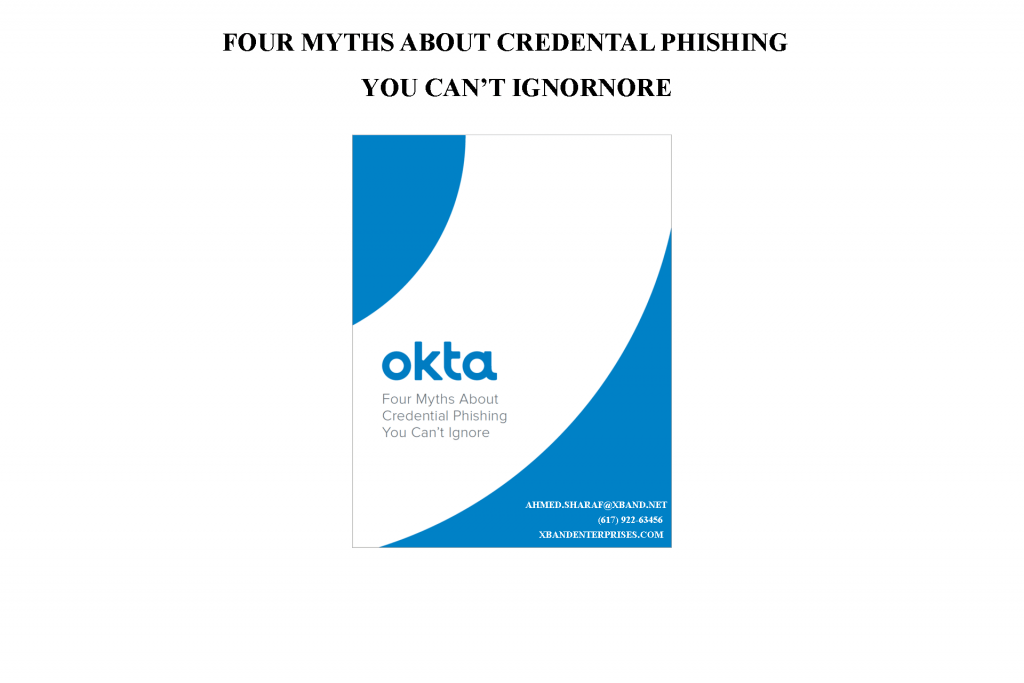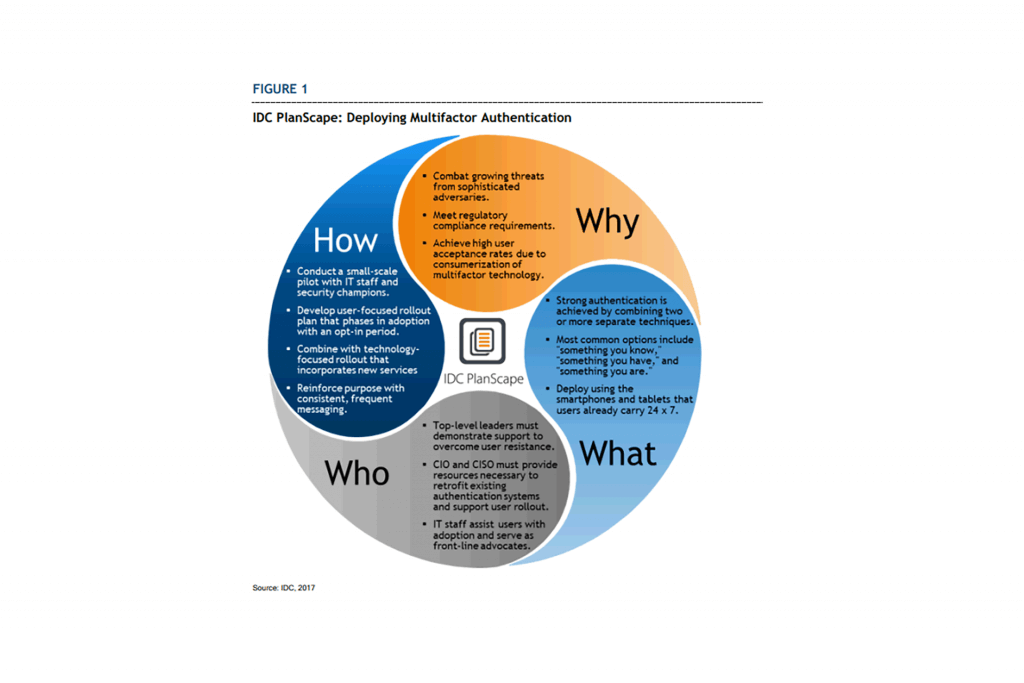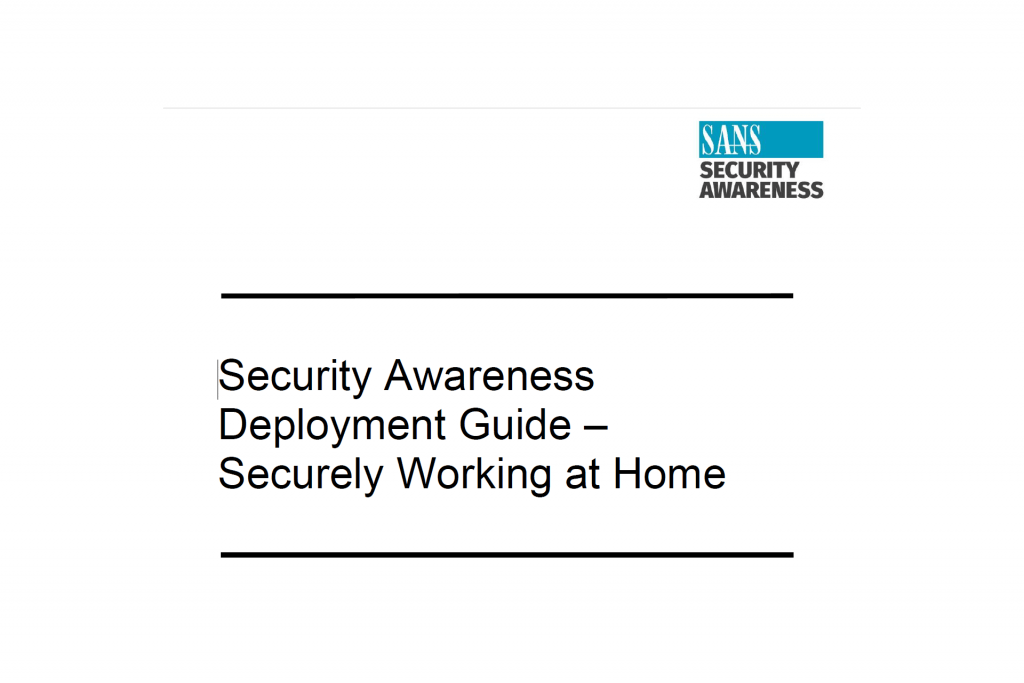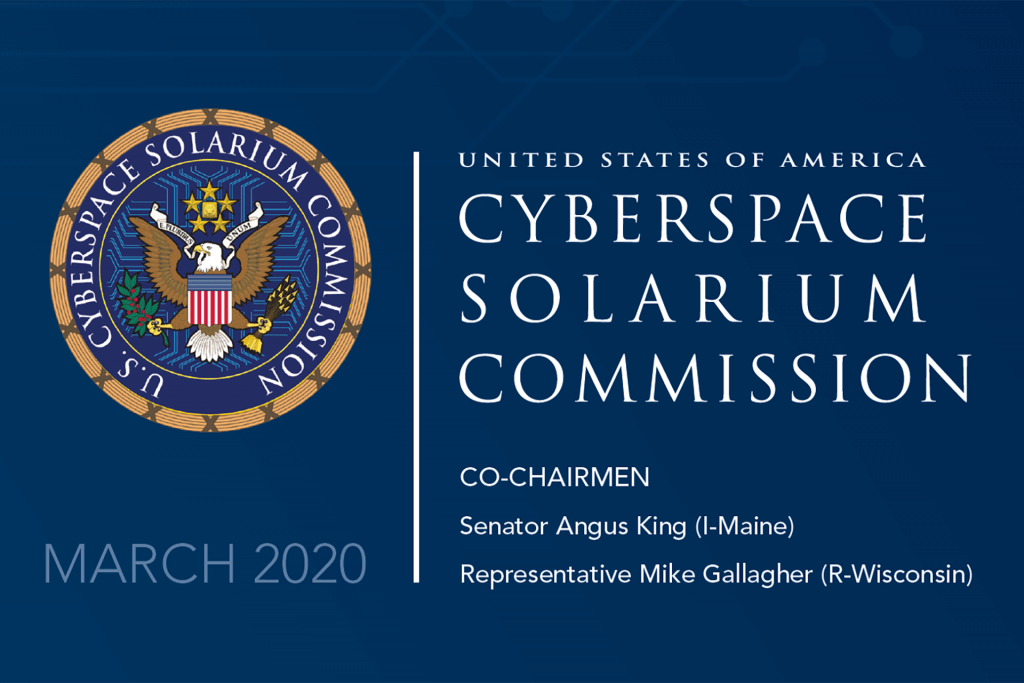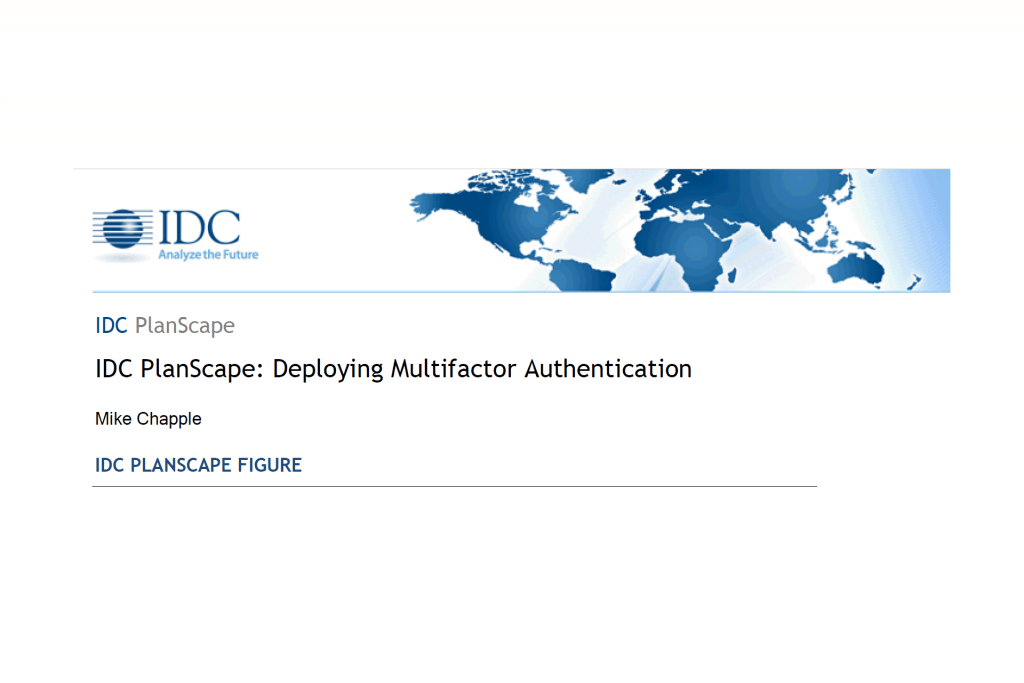Four Myths About Credential Phishing You Can’t Ignore
Four Myths About Credential Phishing You Can’t Ignore When it comes to credential phishing, knowledge is power. We tend to underestimate the impact of phishing on the enterprise and assume our existing defense strategies are sufficient to combat these attacks. To understand phishing means understanding one of the most common methods used by attackers to breach and maneuver within our networks, and to do that we need to dispel a few myths. Read this white paper to learn about phishing tactics and the key steps to building a complete security strategy that protects against credential phishing. Suggested resources for additional research: Analyst Research: IDC Planscape: Deploying Multi-Factor Authentication Customer Journey: Fieldpoint Private …
Four Myths About Credential Phishing You Can’t Ignore Read More »
